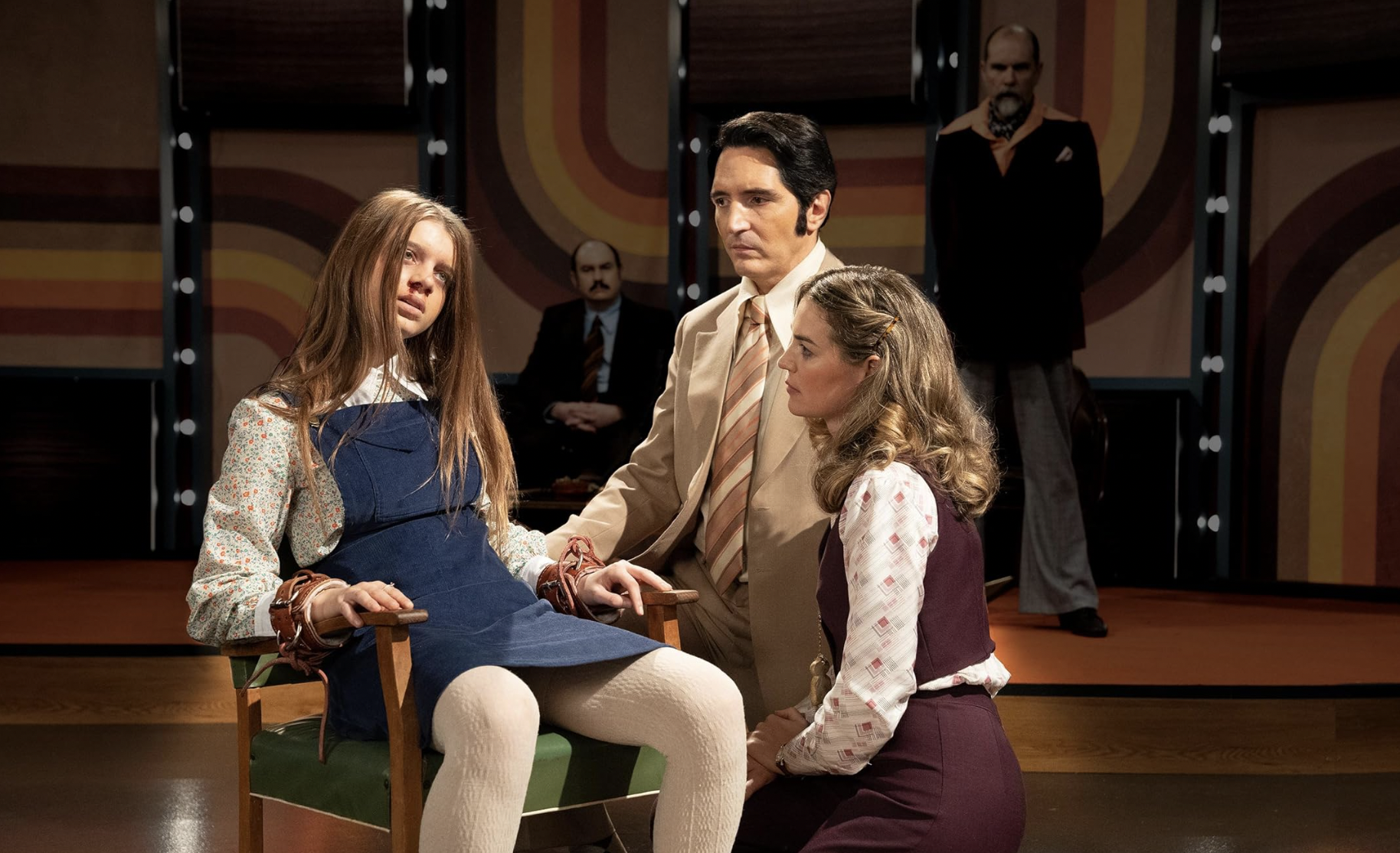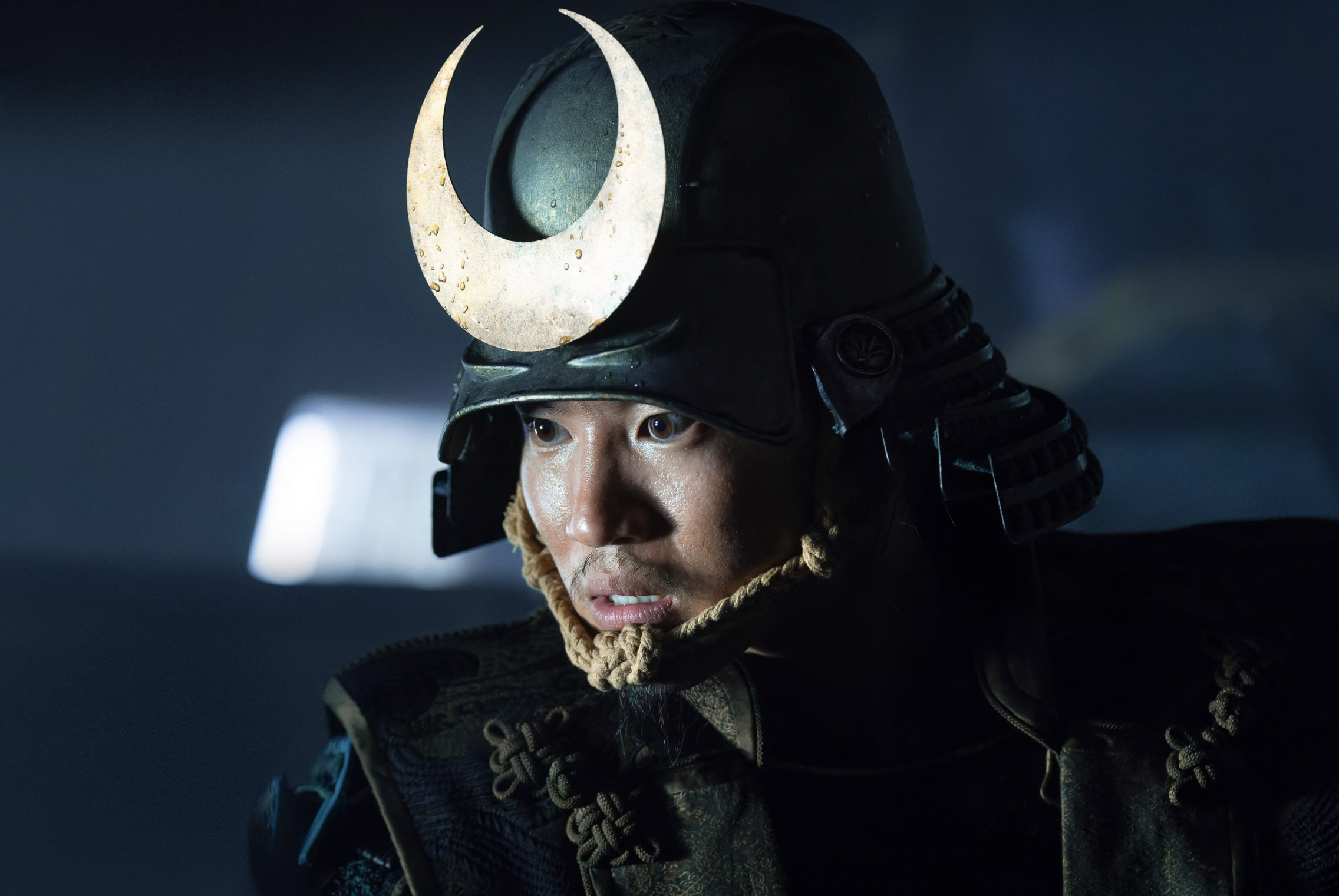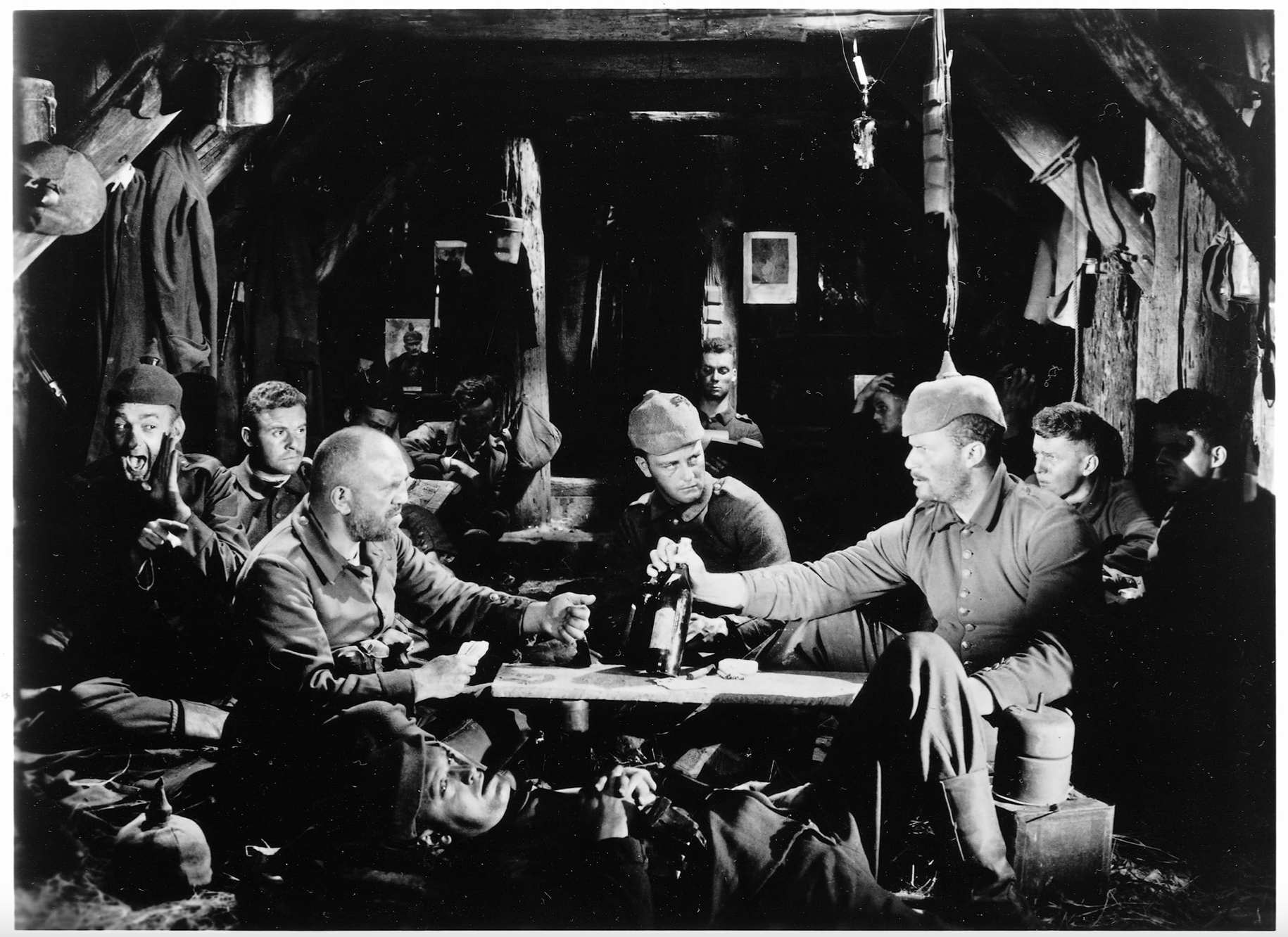In the legend of the Blues great Robert Johnson, a mediocre musician meets the devil at a Mississippi crossroads and leaves with extraordinary talent at the cost of his soul. It’s one example of a type of Faustian story that has resonated with American audiences for a long time.
Add late-night talk show hosts to that list.
The new horror film Late Night with the Devil, now in theaters and available online through the streaming service Shudder, is one of the most original movies about demonic possession of its genre. Directed by the brothers Colin and Cameron Cairnes, it’s a fictional retelling of a moment in American history in the late 1970s when talk of the devil and hell were more in the air than they are today. And it shows the dangerous consequences both of courting the devil and of pretending he doesn’t exist.
In the film, Jack Delroy (David Dastmalchian) is the host of the once-popular Night Owls late-night talk show. But as ratings slump and his show increasingly trails Johnny Carson, he gets more outrageous with his programming. Delroy, viewers learn, is part of an elite secret society known as “the Grove,” an obvious nod to the exclusive, all-male Bohemian Grove in California. Delroy has also been emotionally affected in a very public way by the recent loss of his wife, Madeleine (Georgina Haig), to cancer.
Viewers are then shown what is presented as a recovered lost tape of the 1977 Halloween episode of Night Owls. To give the audience a good show, Delroy books a spooky lineup featuring the medium and psychic Christou (Fayssal Bazzi); a skeptic of the supernatural, Carmichael Haig (Ian Bliss); and his headline guest, a thirteen-year-old girl named Lilly D’Abo (Ingrid Torelli), who is in the care of the parapsychologist June Ross-Mitchell (Laura Gordon).
Lilly was abused by a satanic cult with a leader much like Anton LaVey, who was the head of the infamous Church of Satan in San Francisco in the late 1960s. The only survivor of a mass suicide by the cult, she is now believed to be possessed by a demon.
Though the content of Halloween episode is filled with heavy subject matter—suicide, demons, the occult—the presentation is the sort of camp one would expect from any late-night talk show, especially in the 1970s. A corny announcer makes corny jokes, the host tosses off one-liners, and childlike cartoons of ghosts and goblins caper in the bumper images between commercials.
In an unusual move for what is supposedly an archive reel, the action between commercials and backstage is also filmed. It soon becomes evident that there is a disconnect between the fun and lighthearted show that the host and production team are trying to present and a dangerous, encroaching darkness.
The more the audience learns about Delroy, the faster this gap between light and darkness closes. The medium Christou, as the episode’s first guest, is tortured by having the name “Minnie” unbearably lodged in his head. Viewers soon learn that was the nickname for Delroy’s late wife.
The skeptic Haig is the second guest and the secular rationalist in the room, there to tell everyone that anything presented as supernatural is mumbo jumbo. This position gets shakier as time passes.
And Lilly, while possessed by the demon she calls “Mr. Wriggles,” turns that darkness on Delroy himself. The possessed Lilly tells Delroy that she knows him, insinuating they’ve crossed paths, perhaps for the demon host’s benefit. When a shocked Delroy denies her claims, the demon briefly says that they had met “under the tall trees.”
Many viewers will immediately wonder just what happened during Delroy’s time at the Grove. Did he make a deal that only members of the Groves and demons might know about? And what might his late wife have to do with any of this?
Lilly’s guardian and handler, June, tries to warn Delroy against trying to conjure the demon early on. Delroy pays her no mind. He needs ratings, damnit. His producer, seen in the backstage and between commercials, expresses even less concern for what they might be unleashing. The show must go on. Where it’s actually headed, no one in production has really thought out. They aren’t mentally—or spiritually—equipped to do so. June and a few others are scared.
For good reason.
While this may sound to the contemporary horror movie watcher like a common trope, the historical context of the film reveals how timely its themes are. The Night Owls Halloween episode would have come four years after The Exorcist movie became a global hit in 1973. Mass audiences, particularly Americans, devout and non-believers alike, were enthralled with the concepts of exorcism, hell, and the devil.
There can be a danger in that, as C. S. Lewis acknowledged in The Screwtape Letters: “There are two equal and opposite errors into which our race can fall about the devils. One is to disbelieve in their existence.” The skeptic Haig represents this position in the film.
But, Lewis continued, “The other is to believe, and to feel an excessive and unhealthy interest in them. They themselves [the devils] are equally pleased by both errors and hail a materialist or a magician with the same delight.”
In Late Night with the Devil, hell is brought into plain view before a curious world where too many still thought it didn’t really exist, and too many in today’s world still think the same. Instead, people pursue worldly pleasures, in this case television ratings and fame, at the expense of souls.
It’s not unthinkable that many of today’s countless influencers and social media stars would choose a path like Jack Delroy’s in their quests for glory. So many fall decidedly on the materialist side of Lewis’s devil conundrum, and so may easily make something like Robert Johnson’s Faustian bargain—and lose their soul in the process.
We enjoy our horror movies, and some of the best (and worst) have explored this subject. But in the end, Late Night with the Devil asks, what could possibly be more horrifying than our fallen selves and what the devil might do with us?















